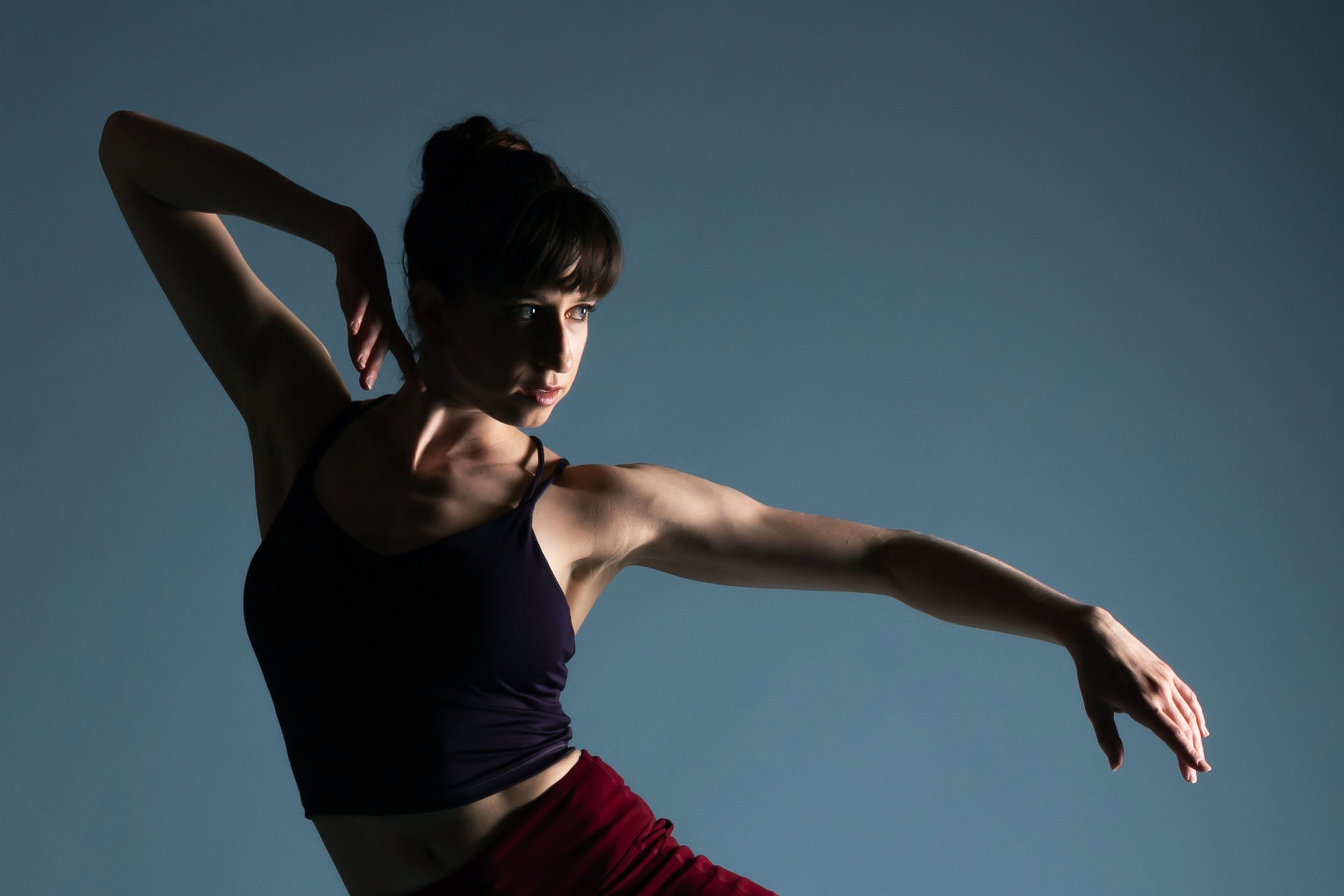We caught up with the brilliant and insightful Morgan Sicklick a few weeks ago and have shared our conversation below.
Morgan, looking forward to hearing all of your stories today. Can you talk to us about a project that’s meant a lot to you?
As a choreographer, my most meaningful project was the work I created for Kansas City Ballet. This was my first opportunity to travel outside of Colorado and put my choreographic talents to the test. I also began my professional career at Kansas City Ballet, so it was truly a full-circle experience. The piece was based on a video I created during COVID for Wonderbound, where I’m a company artist. Initially, I created the video in honor of Ulf Goebel, a writer and professor at Butler University. I had the great privilege of getting to know Ulf, exchanging ideas, and asking questions about poetry and life. Sadly, Ulf passed away a few years back, and I wasn’t able to attend his celebration of life. In his memory, I used one of his poems entitled Fault Lines as inspiration for this video. I happened to like the movement I created and felt it could use more attention and expansion, and Kansas City Ballet’s New Moves was the perfect forum. It was very special for me to commemorate Ulf in this way.
This project was also meaningful because I collaborated with so many other artists. For the costumes, I enlisted my friend from college and NYC-based costume designer Erica Johnston. Amid her very busy schedule, Erica designed and built 5 original costumes that took inspiration from Ulf’s poem, cracks in asphalt, and her recent trip to Greece. I was stunned by the final product, and the dancers felt so comfortable and confident while wearing them. I also wanted to include a recitation of Ulf’s poem as part of the audio, so I asked my friend Damien Patterson to join the project. Damien, who recently retired from a 20+ year career as a dancer and who I had the good fortune of working with at Wonderbound, has a powerful and evocative voice. He recited part of the poem for the COVID video as well. I knew he was the perfect person to speak to the audience and bring another layer of meaning to Ulf’s words. And for the music, I used 3 recordings from the Baroque Chamber Orchestra of Colorado (BCOC) and 1 recording from lute player and my good friend, Neal Shipe. I worked with BCOC at Wonderbound and knew they had a plethora of recorded music to choose from, all of which were beautiful and complemented the atmosphere of the poem. I got to know Neal during my time in Kansas City as his wife, Emily, danced with me in the Second Company. They both have become dear friends over the years. Neal graciously suggested and recorded a song for the COVID video and re-recorded the same track for this work. His soulful interpretation of Saraband by David Grieve served as both the roadmap and connective tissue for my choreography.
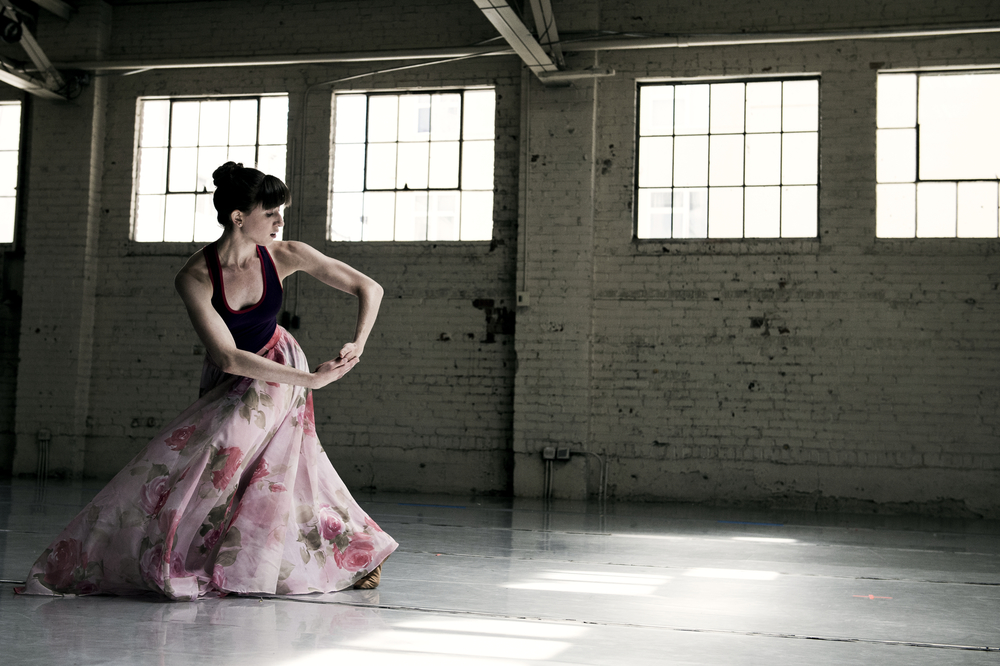
Morgan, before we move on to more of these sorts of questions, can you take some time to bring our readers up to speed on you and what you do?
My name is Morgan Sicklick, and although I’m originally from northern New Jersey, I’ve lived in Denver for 10 years. I first began dancing around age 3 and spent most of my childhood considering dance to be a serious hobby. I studied ballet, jazz, tap, and character dance, loving it all. When applying to college, I decided to try and pursue dance professionally and ended up attending Butler University, where I earned a BFA in Dance Performance and a minor in Marketing. After graduating, I became an inaugural member of Kansas City Ballet’s Second Company and danced there for 2 years. I then made my way to Denver to join Wonderbound, a contemporary ballet dance company located in North Park Hill, where I’m currently in my 10th season as a company artist.
In addition to my work as a dancer, I’m a choreographer. I’m in the process of creating a new work for the youth company of New Paradigm Dance Theater, located in Westminster, for their participation in Regional Dance America. Outside of Denver, I returned to Kansas City Ballet in November and March 2024, choreographing a piece for their New Moves program. It was wonderful to work with the company again, this time in a creative leadership role. Once I’m no longer performing, I plan to pursue choreography in a more full-time capacity. In my choreographic process, I often draw upon written language for guidance. I love interpreting words through a slightly abstract lens that challenges dancers and audiences alike to create their own narratives, consider a different perspective, or reflect on their personal journey.
As an artist, I’m incredibly proud to have interpreted so many diverse characters over the years. I love exploring their layers and complexities and discovering how I can relate to each character in a more personal way. It’s a really visceral experience for me, and although it can be intense at times, it’s rewarding in the end. I think that my willingness to take on so many different personas, learning to access my inner power both on and offstage, and staying true to my strengths and unique qualities have given me longevity in this career. I’m also proud to have cultivated meaningful relationships across multiple communities. Whether it’s collaborators, friends, peers, patrons, audience members, dance schools, teachers, etc., I’m constantly building stronger and deeper connections with those around me. It’s so energizing and inspiring!

What do you find most rewarding about being a creative?
The most rewarding aspect of being an artist and creator is the opportunity for growth. One thing I have learned throughout my career is that there is always more – more to learn and unlearn, more to explore, more to give in to, more to challenge. There’s never an end point to what you can discover as an artist, and that’s a beautiful thing. I can shape shift as a creator and find new layers of myself, always evolving as a human being. I’m excited to carry that knowledge forward once I transition out of performing and primarily into choreographing. As I’ve matured as an artist, I’ve also been reminded constantly that perfectionism is unrealistic and truly the antithesis of growth. When I’ve tried to execute a movement “perfectly,” there may have been some immediate sense of satisfaction if I succeeded. But it wasn’t lasting, and I was disappointed in the long run. I became stuck in a spiral of trying to achieve and hold on to that “perfection.” Not only did that become mentally and physically exhausting, but it locked me into one way of thinking and stagnated my growth. It’s difficult for me to completely avoid that perfectionist mindset, but nowadays, I’ve been able to find more joy and curiosity in the unknown. There are so many possibilities when you stay open to change, and that can be incredibly encouraging and exhilarating.

What can society do to ensure an environment that’s helpful to artists and creatives?
I think society can best support artists, creatives, and a thriving ecosystem by welcoming new ideas and uplifting unique voices. Often, we get stuck in a pattern of telling the same narratives or highlighting similar individuals because it’s comfortable, familiar, and easy. But what about the uncomfortable, unfamiliar, and unconventional? Those voices are essential for building a vibrant and progressive society. I think our world could benefit from more discomfort and risk-taking to challenge our sense of reality and push us in new directions. And in our capitalist civilization, funding is a major source of stress. There’s never enough financial support, and this can impact what and how much artists can produce. The arts are valuable and vital to our well-being. The more people believe in this statement and share their resources to enable creative endeavors, the better off we will all be in the present and future.
Contact Info:
- Website: https://morgansicklick.wixsite.com/morgan-sicklick
- Instagram: https://www.instagram.com/msicklick & https://www.instagram.com/msicklick.choreography
- Linkedin: https://www.linkedin.com/in/morgan-sicklick/
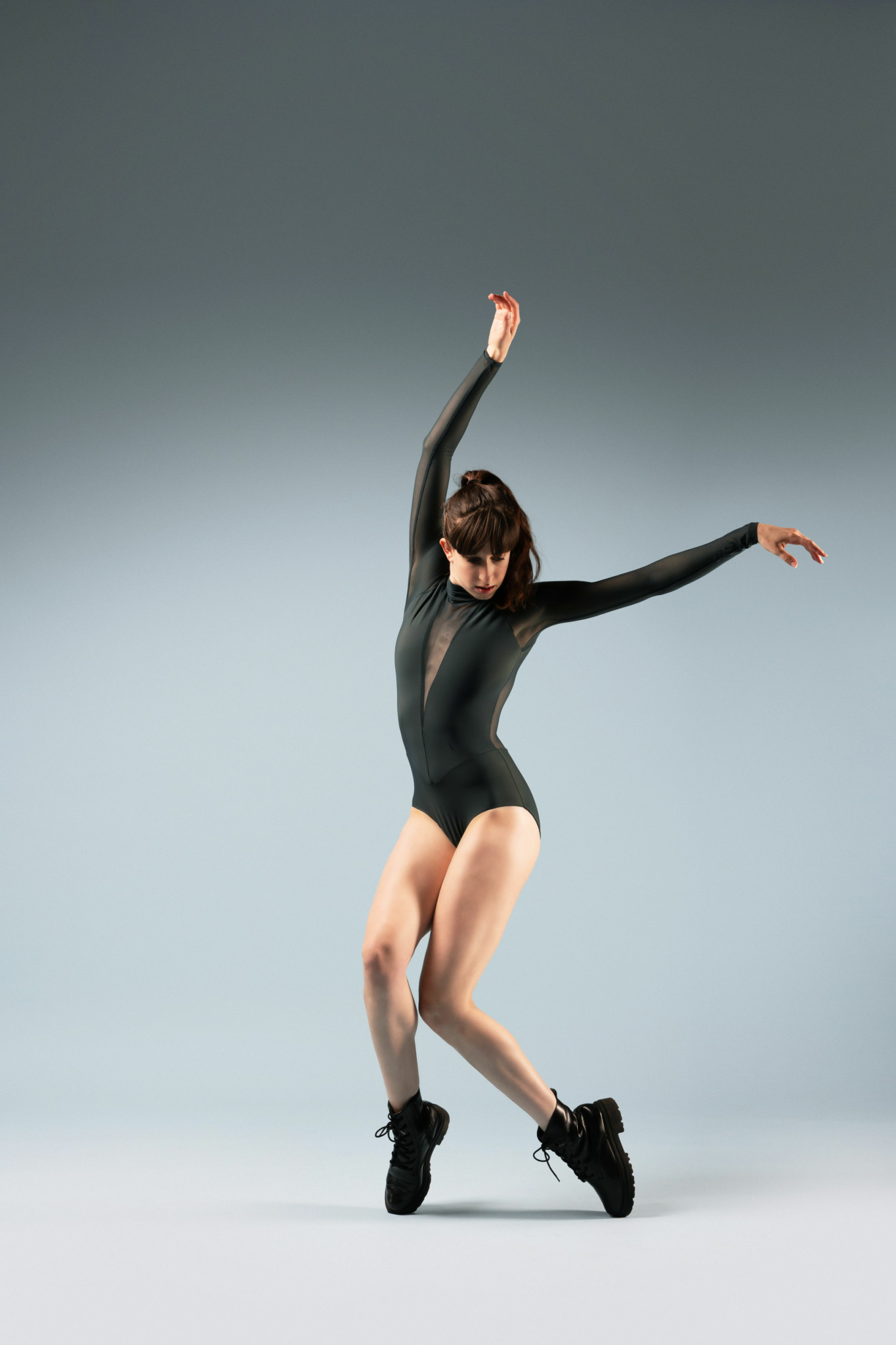

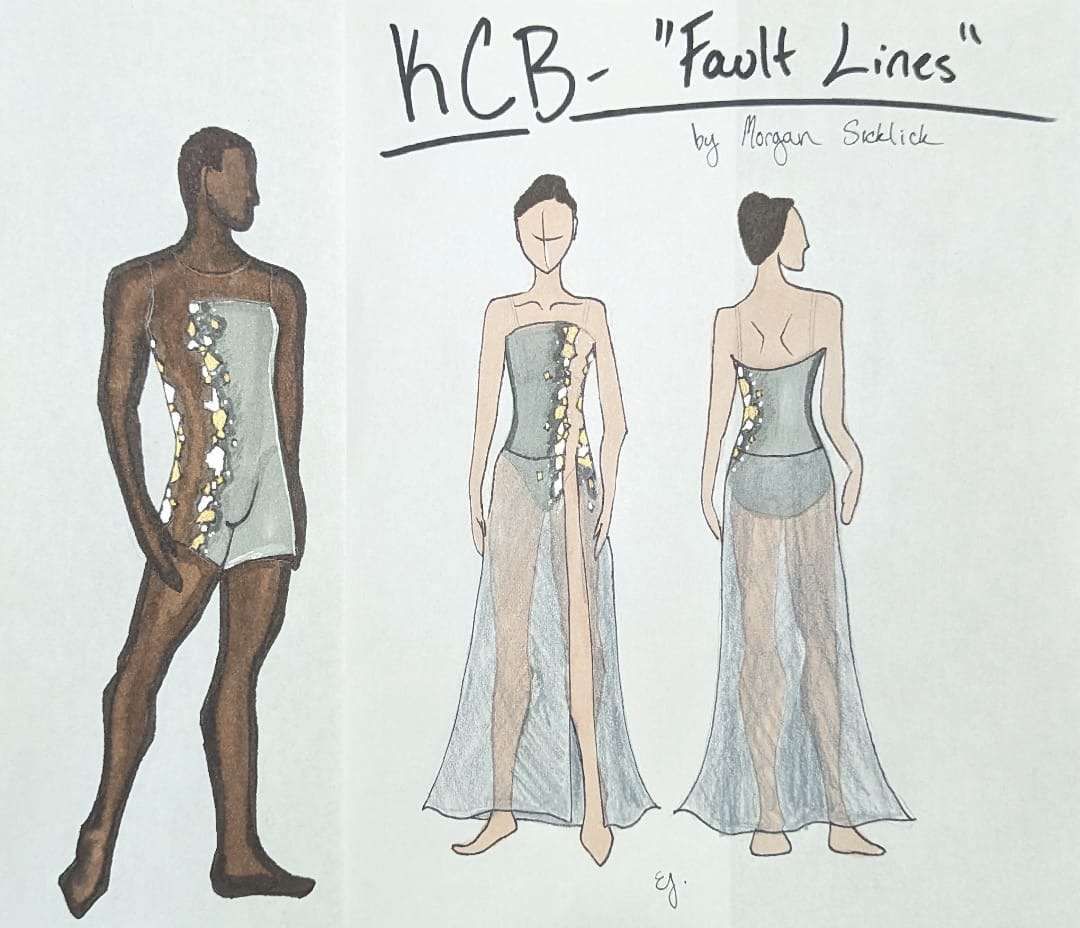
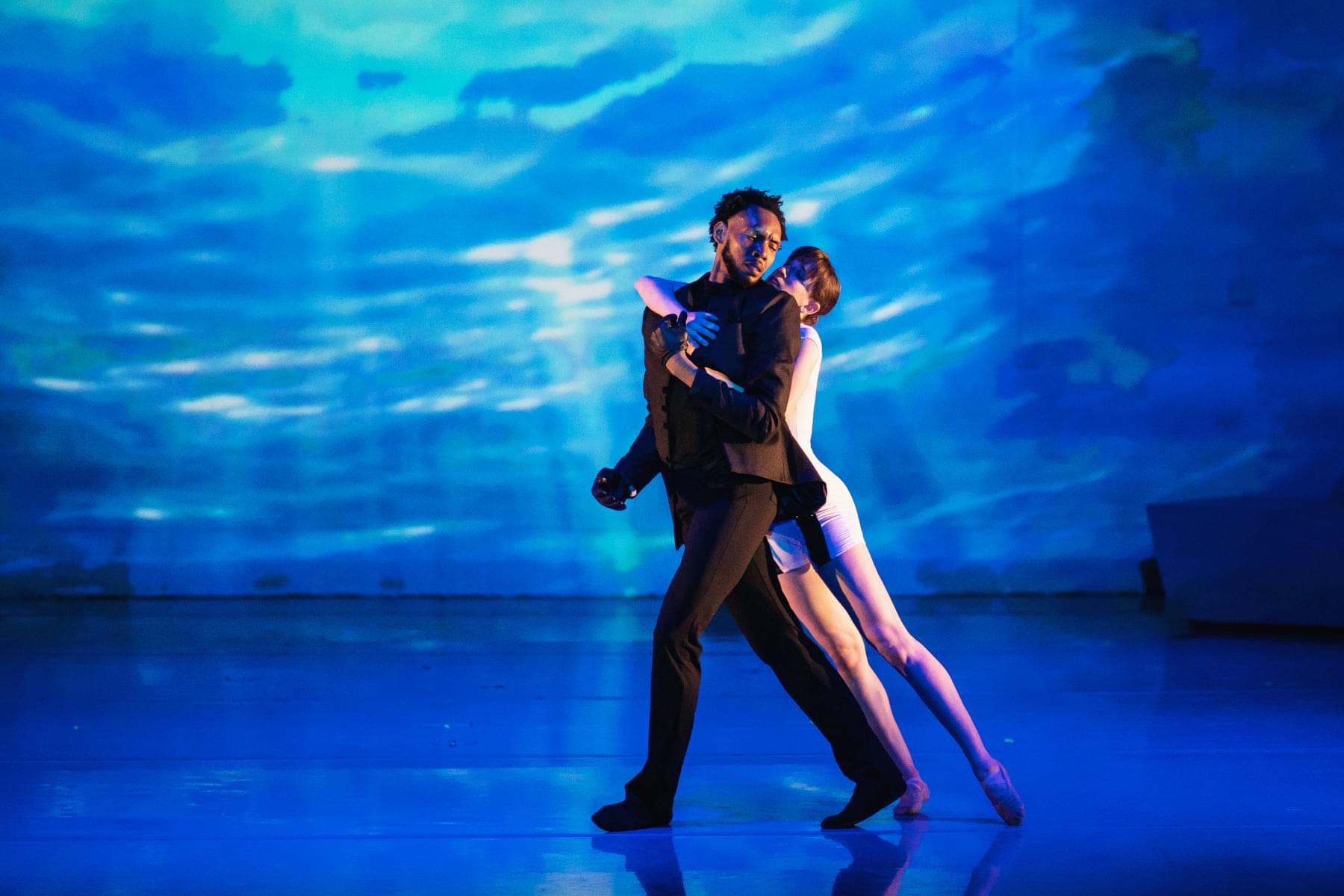
Image Credits
Personal Photo: Martha Wirth
Photo 1: Michael Pierce
Photos 2 & 4: Martha Wirth
Photos 3, 5, & 7: Amanda Tipton
Photo 6: Erica Johnston


